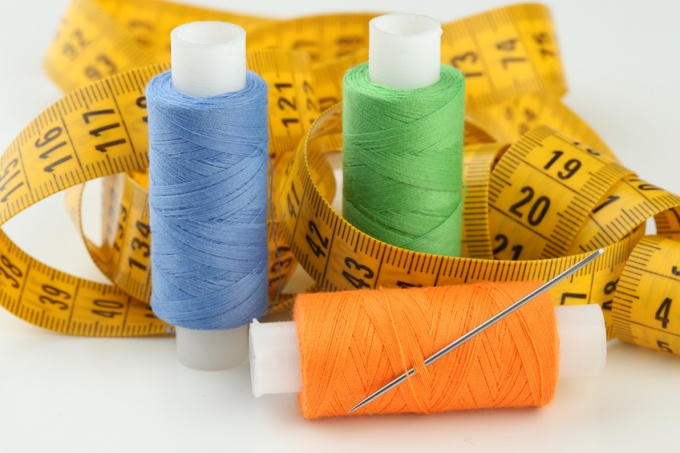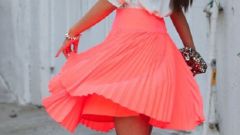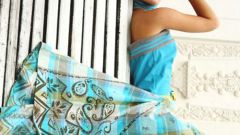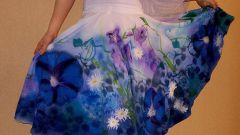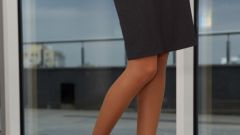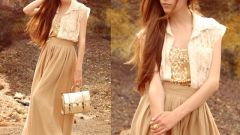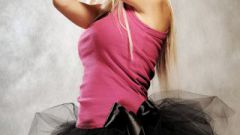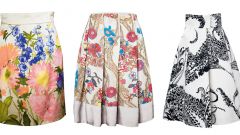You will need
- paper;
- pencil;
- - the range;
- - scissors;
- cloth;
- - threads;
- - a sewing machine.
Instruction
1
Select the fabric for the skirt. This model will fit pleated or corrugated knitwear of any color. Elasticity and features of this draping fabric on the figure allow you to use a very simple skirt pattern.
2
Construct pattern on paper. To do this, remove the three measurements – waist, hip and length of the product. Attract attendant to more accurately determine these parameters. The measuring tape need to be applied freely, without tightening and preventing its sagging. Length measure from the waist and to the floor.
3
Taking into account the obtained measurements draw a pattern in the form of a trapezoid. The hem from the hip line to the floor can be left straight or slightly extended. If you make the skirt fairly narrow, provide the slot for free movement. Make it side or rear center, up to the knee.
4
Draw the pattern of the skirt. Its width depends on your preference and the length will exceed the waist circumference of 3 cm Fabric for the belt should be the same color and density as the material for the skirt but not pleated.
5
Add to all sides of the patterns 2 cm of the seam. Cut out the pattern and apply it to the fabric. Be careful when cutting out the skirt ensure that the folds of the pleated material is not stretched and not expanded.
6
Cutting out the details of the skirt, proceed to its collection. Treat on the lines of the underside of the hem and vent. Insert the rear panel zipper. Manually sew the side parts connecting them. Sew to the skirt waistband so that the ends of it were on the back zipper. Provide a belt fastener of the hook.
7
Duplicating all the seams on the sewing machine. To maintain the elasticity of the material, select the line "zigzag".
Useful advice
Pleating on fabric can be done independently. For this width of the cut should be three times larger than the final width of the skirt. All the folds are laid manually and processed with a solution-fixer. However, such folds will straighten out after a few washings, in contrast to high-quality factory material.
